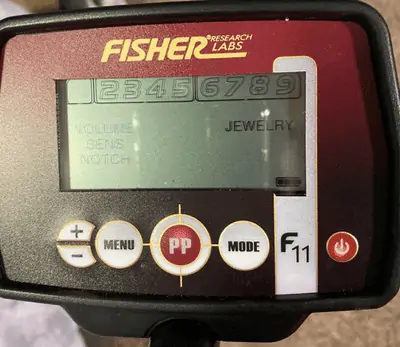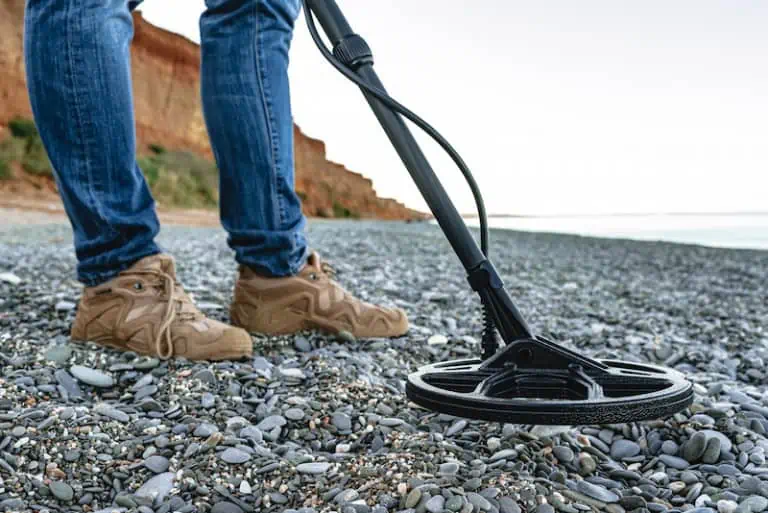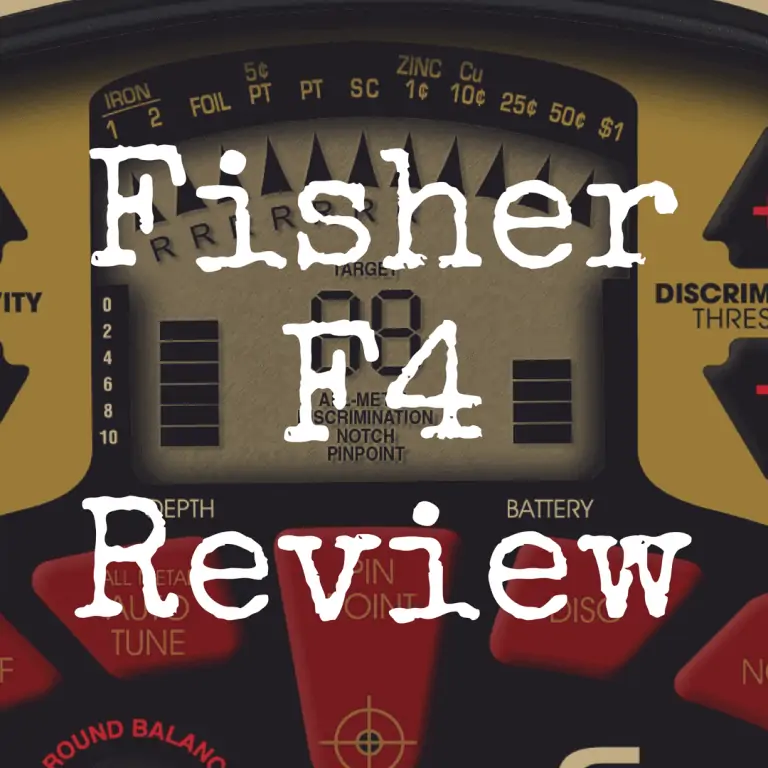Minelab Vanquish 440 vs Vanquish 540
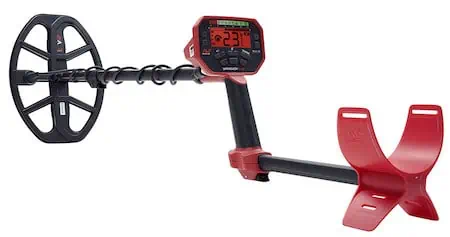
Minelab has been an industry leader in manufacturing metal detectors for nearly 4 decades. They make metal detectors that are built to combat the most difficult soil conditions. Their metal detectors are all built to the highest military standards and are trusted by military units all over the globe.
The company is based in Australia, which is known for gold and difficult soil conditions. Many metal detectors struggle to combat the effects of gold bearing areas such as hot rocks, black soil, and high soil mineralization, and struggle in areas with saltwater and wet sands. Minelab products aim to diminish these effects and offer a more stable metal detector.
The Vanquish line of metal detectors is one of Minelab’s newest products. It consists of the following detectors: the Minelab Vanquish 340, Minelab Vanquish 440, and Minelab Vanquish 540.
The 340 is the lowest model with the fewest features, while the 540 is the highest model with most features. All the Vanquish metal detectors were made for entry level to intermediate metal detectorists, so they are user friendly and simple to master.
In this article, we will compare the Vanquish 440 to the 540 and ultimately decide which is better. We will declare a winner in the battle of the Minelab Vanquish 440 vs Vanquish 550 at the end!
| Photo | Model | Price | Features |
|---|---|---|---|
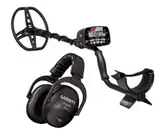 | Garrett AT Max | $$$ | Waterproof to 10 feet |
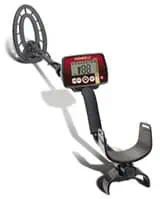 | Fisher F22 | $$ | 9″ Triangulated Concentric Coil |
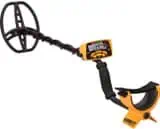 | Garrett Ace 400 | $$$ | 8.5 x 11" DD coil |
 | Minelab Vanquish 540 | $ | Search Modes: Coin, Relic, Jewelry, Custom, All Metal |
Minelab Vanquish 440
Minelab’s Vanquish 440 is a great entry-level metal detector with some features that are not often found on beginner metal detectors. It comes standard with Minelab’s patented Multi-IQ technology. Multi-IQ is a multiple frequency technology that allows the metal detector to operate on multiple frequencies simultaneously.
The frequencies range from 5 kHz to 40 kHz, so this detector is perfect for finding all types of metals. Many single frequency metal detectors struggle to find gold, as gold is best found at a frequency of 18 kHz or higher. This metal detector can find even small gold with its higher frequency.
The Vanquish 440 features 5 search modes:
Each search mode is fully optimized for best performance in finding the specific treasures. This model also features Custom mode, which allows you to save your favorite settings (i.e., discrimination, sensitivity, volume, etc.). The Vanquish 440 works in all terrains, including mountains, deserts, rivers, beaches, fields, parks, and yards.
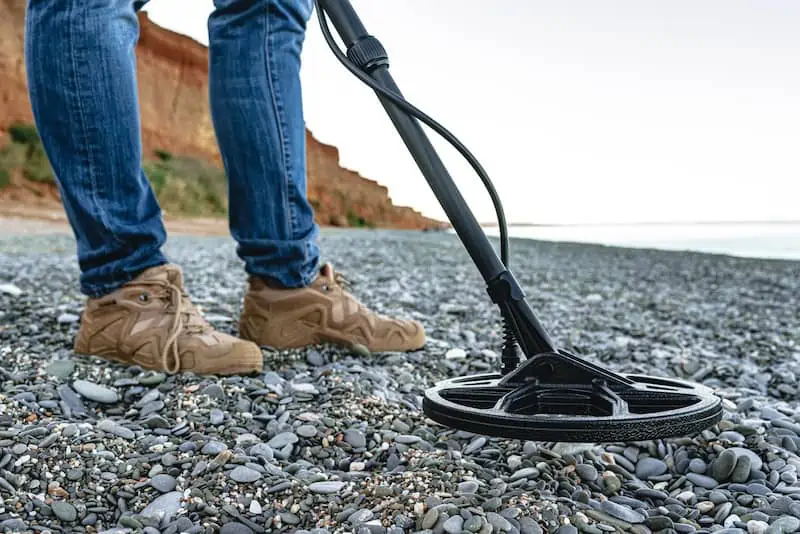
Single frequency metal detectors often struggle in saltwater and wet sand areas because saltwater and wet sand are conductive. This can make a metal detector give false signals or even overload. The Vanquish 440 helps mitigate some of these problems with Multi-IQ and adjustable sensitivity.
This model has 12 discrimination segments, so you can customize it to work in all terrains and all soil types. It features 19 channel automatic noise cancelling, 3 target tones, lag-free audio, and 10 volume adjustments. This model is lightweight, at just 2.6 pounds, and comes standard with Minelab’s V10 10” by 7” Double-D waterproof search coil. It should be noted that the control box is weatherproof, not waterproof, so it should not be submerged in water. Take caution when hunting near water or you risk ruining the metal detector.
The Vanquish 440 comes with a pinpoint mode. Pinpoint mode is designed to help narrow a target search area down, so you dig less. It gives a more precision readout about the target location. This model also has iron bias, although it is not adjustable. It is preset at high. It features 10 levels of sensitivity adjustment to tweak it for your soil type, and 5 depth indicators.
The control box has a large LCD screen with numerical target ID. This model does not have Bluetooth capabilities but can be used with wired headphones. It also features a collapsible snap-lock design so you can break the detector down easily and quickly for storage and travel. This model operates on 2 AA batteries, giving users up to 10 hours of battery life.
Minelab Vanquish 540
Minelab’s Vanquish 540 is the top detector in the Vanquish line. It features Multi-IQ multiple simultaneous frequency technology. As with the 440, the frequencies range from 5 kHz to 40 kHz, with the lower frequencies being best for highly conductive metals and the higher frequencies being best for lower conductive metals. The Vanquish 540 features a pinpoint mode to zero in on a target quickly.
It has 5 search modes, the same as the 440. It features 19 channel noise cancel, which is hugely helpful in areas of high soil mineralization because you can cut down the detector chatter to hear only good targets.
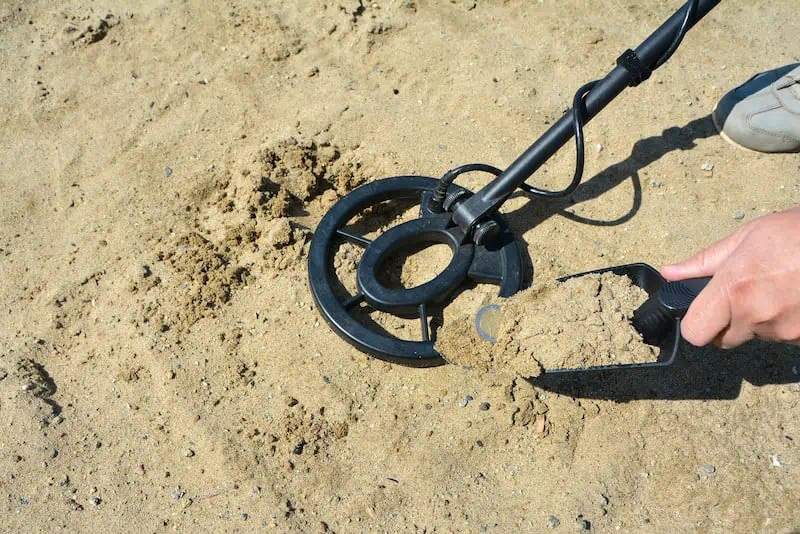
The Vanquish 540 has iron bias, but unlike the 440, it is adjustable. The large LCD screen has numerical target ID and features a red backlight. It is the only model of Vanquish detector with a backlight. There are 10 adjustable sensitivity and volume levels and 25 segments of discrimination. The Vanquish 540 comes with Minelab’s V12 12” by 9” Double-D waterproof search coil. All the Vanquish search coils are interchangeable, so you can customize the detector for your specific needs.
The Vanquish 540 weighs a few ounces more than the 440, at 2.9 pounds. This model has Bluetooth compatibility so it can be used with wireless headphones or wired headphones. The 540 comes with rechargeable AA batteries and is the only model of Vanquish with rechargeable batteries.
Will the 540 be triumphant in beating the 440 in the battle of Minelab Vanquish 440 vs Vanquish 540? We will soon find out!
Minelab Vanquish 540 Pro Pack
Minelab also offers the Vanquish 540 in a Pro Pack. This pack comes with the Vanquish 540 metal detector, with all the features listed above. It comes with the standard V12 12” by 9” Double-D search coil, as well as the V8 8” by 5” Double-D search coil. Both coils are waterproof, but the control box should never be submerged as it is just water resistant.
The smaller coil in this Pro Pack is great for hunting in trashy areas or small areas where a larger coil will not fit. The larger coil will search deeper and cover more ground but will not perform as well as the smaller coil in trashy areas.
Minelab Vanquish 440 vs Vanquish 540
Both the Vanquish 440 and Vanquish 540 metal detectors feature Minelab’s Multi-IQ technology. Both have 19 automatic noise cancel. Both have 10 levels of sensitivity and volume adjustments. The Vanquish 540 has adjustable iron bias while the 440 has iron bias preset at high. The Vanquish 540 has Bluetooth connectivity while the 440 does not.
The Vanquish 540 has 5 audio ID tones, the Vanquish 440 has 3. Discrimination is where the 2 detectors really separate: Vanquish 540 has 25 segments of discrimination, while Vanquish 440 has 12 levels of discrimination. The Vanquish 540 weighs 3 ounces more than the 440. The 440 comes with a 10” search coil, while the 540 comes with a 12” search coil.
Both metal detectors can interchange search coils with any other Vanquish coil. The Vanquish 440 is mid-priced among the Vanquish detectors, while the 540 is the highest priced. The 540 Pro Pack costs more than all the other detectors in the Vanquish line because it comes with an extra search coil.
What is the Winner?
Both metal detectors are a great option. Both are tailored to entry-level and intermediate metal detectorists. The Vanquish 540 has more features, more discrimination options, adjustable iron bias, rechargeable batteries, and a larger search coil. We all know it is not how many features you have on a detector thought, it is having the right kind of features. The Vanquish 440 is no slouch with enough discrimination and sensitivity adjustments for entry level metal detectorists to get a feel for detecting.
If you have it in your budget, I recommend going with the Vanquish 540, or 540 Pro Pack. This detector is the top-of-the-line model in the Vanquish series and has the most to offer. The 440 is still a perfectly valid option, though. In the entirety of the Vanquish line, I would recommend the detectors from highest to lowest, simply because the higher detectors have more features. More features mean more possible adjustments and more treasures found.
So, there you have it. In the battle of Minelab Vanquish 440 vs Vanquish 540, Vanquish 540 has reigned supreme because of its advanced features.
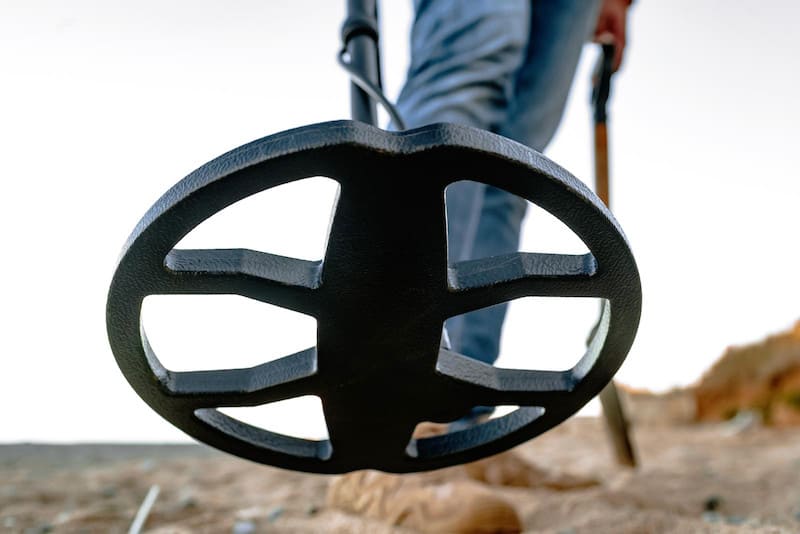
FAQ
Q: How deep can each of these metal detectors search?
A: Depth can vary based on many factors like soil conditions, angle of the target, type of target, and sensitivity settings. The Vanquish 440 has been tested to read up to 12,” but the signal was weak, and no target ID was presented. This information was gathered using the standard V10 search coil that comes with the 440.
The Vanquish 540 can read with confidence at a depth of 12” with the V12 search coil, and the signal is strong even in mineralized soils. The coil could read deeper in areas with lower mineralization.
Q: Is it worth getting the Vanquish 540 Pro Pack?
A: It depends on how you will be using the detector. A good rule of thumb is the bigger the search coil the more area you can cover and the deeper it can go. But deeper is not always better. Large coils have less sensitivity to smaller targets and are susceptible to electromagnetic interference. The 540 comes with a 12” and 8” search coil. So, the 12” coil will cover more ground and search deeper but may suffer the effects of electromagnetic interference.
In that case, you can swap to the smaller search coil, which ahs greater sensitivity to smaller and shallow targets. If you are metal detecting in an area with high electromagnetic interference, you may want to purchase the Pro Pack for the additional search coil.
Q: The Vanquish 540 has more discrimination segments than the 440. Why is this important?
A: Discrimination is the ability of the metal detector to differentiate different types of metals. It allows the metal detector to accept or reject certain metal types, depending on how you have it set up. Discrimination is designed to help you decrease the odds of finding trash and increase your odds of finding valuable targets.
Discrimination is not recommended when gold prospecting with a metal detector, because gold can often read on the lower end of numerical target ID, like iron. If you know you will be metal detecting in a trashy location, or a location with a lot of iron targets you are not interested in, you can use your discrimination feature to notch the unwanted metals out, while keeping the desired metals notched in.
Q: Both these detectors have iron bias. What is that?
A: Iron bias adjusts the likelihood of the metal detector to identify a target as iron if it has both ferrous and non-ferrous signals. Ferrous targets produce a combination of ferrous and non-ferrous responses, with large targets giving a strong non-ferrous response. A ferrous target near a non-ferrous target can produce similar responses.
Iron bias settings allow some control over the target ID response. Low iron bias will allow a natural response from the detector, meaning the target is more likely to be classified as non-ferrous. High iron bias increases the likelihood that the target is classified as iron.
Q: Will the Vanquish models work well on beaches?
A: Yes! Because they are multiple frequency, they can help themselves mitigate the effects of wet sand and saltwater. Single frequency metal detectors struggle in saltwater because of its conductivity. The range of frequencies these models operate on also help you find lost jewelry and coins at the beach.
They will even find fine jewelry like thin necklaces or bracelets buried in the sand because of the higher frequencies. Because Minelab is based in Australia, where they have saltwater beaches, they have engineered these models to do better on beaches than single frequency machines. In freshwater beach areas, these metal detectors will perform well, also.
- If so, please “like” our Facebook page and be sure to revisit Discover Detecting for new content surrounding the metal detecting hobby!
You Might Also Want to Read:
